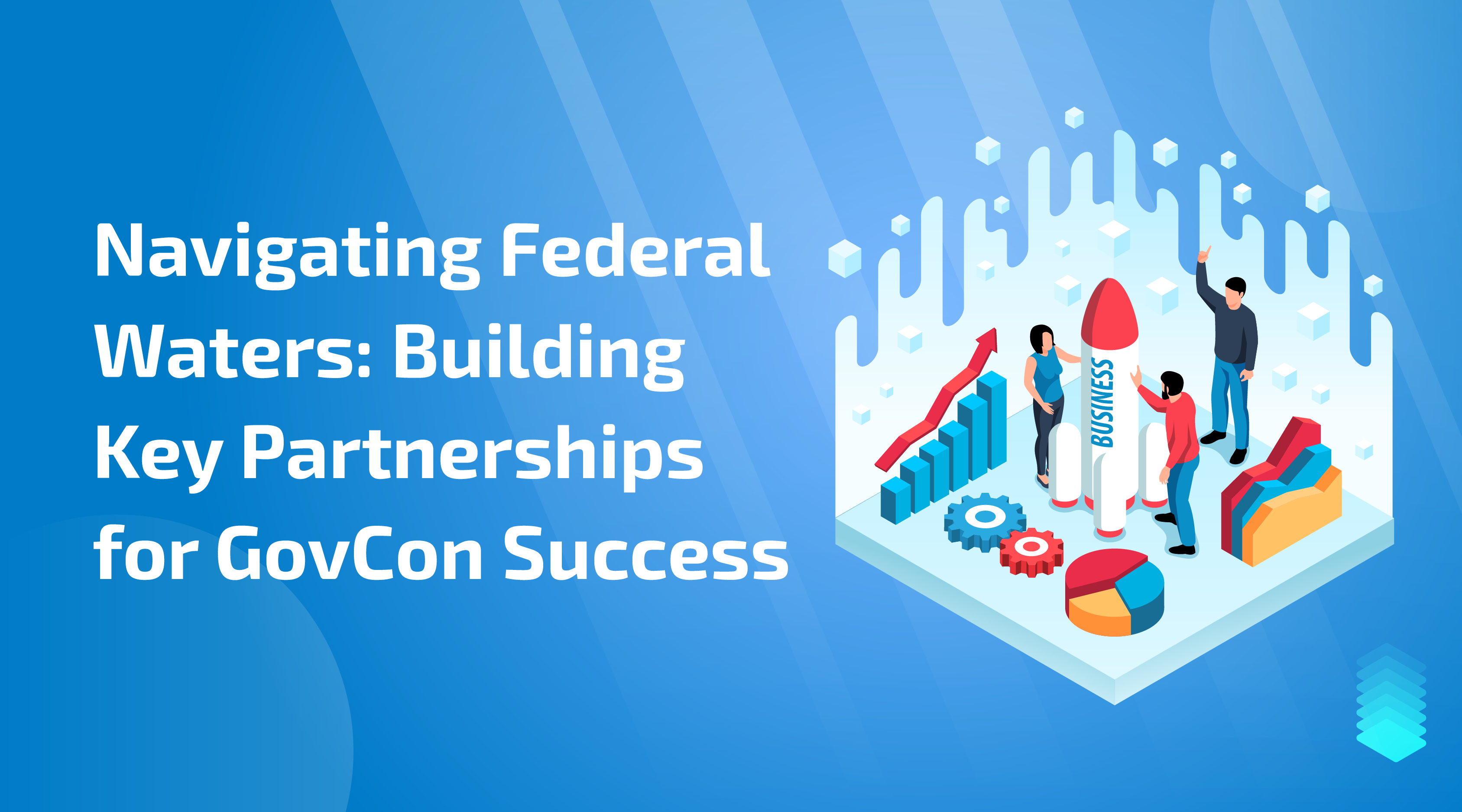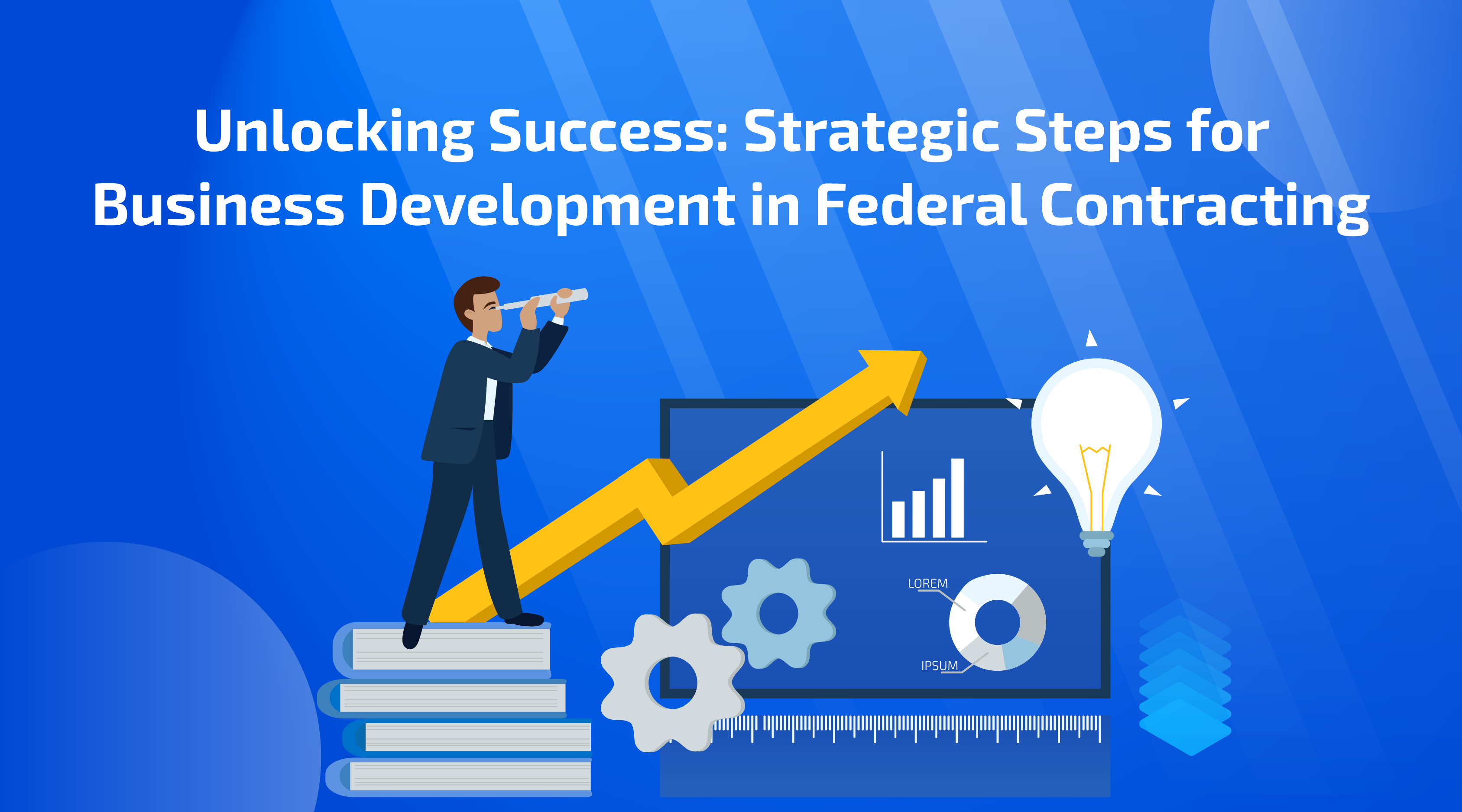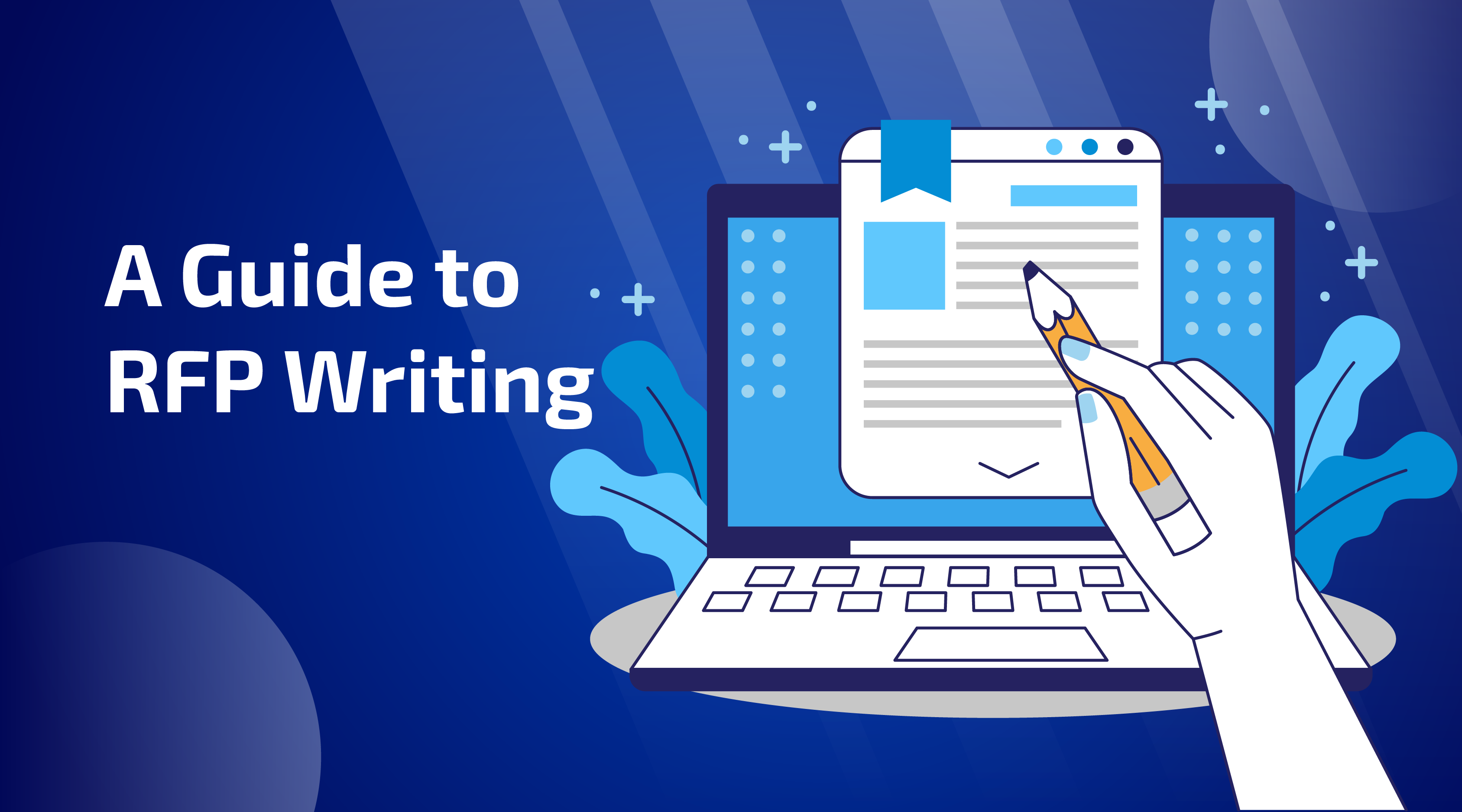Navigating Federal Waters: Building Key Partnerships for GovCon Success
A successful GovCon business comes with a lot of pressure and high risks. Business development, capture management, proposal teamwork, and marketing/PR all need to work together. To achieve the finest collaboration between government contracting partnerships, it is important to comprehend each department’s tasks and maintain a partnership attitude. Establishing connections with prospective clients, existing customers, and colleagues in the industry is at the forefront of business development.
Building Relationships
Developing relationships with business associates, existing clients, and prospective clients is key to GovCon business growth. Before drafting RFIs, BD specialists should be knowledgeable about procurement processes. They should also have a strong network to foster new business and establish their reputation. The appropriate sales tools and market visibility facilitate meeting the right individuals. The 2018 Federal Contractor Study from Market Connections affirms that successful company development requires effective marketing tactics and targeting the appropriate decision-makers.
Bring more people to the strategy table
What are you waiting for if you haven’t already incorporated your cross-functional coworkers into the fiscal year planning process? Bring them along to your budget meeting. Make sure they have a seat at your early planning sessions for every significant RFP and new year.
Propose increasing the marketing budget
Marketing funds for procurements can often be included in the Bids and Proposals (B&P) budget. Set aside funds from your budget to support bid-related marketing initiatives to make sure you receive the vital assistance you require for your pursuit efforts.
Guide others
Ensure that everyone on the team, particularly the marketing department, knows the precise opportunity objectives you have set for the GovCon strategic market. What are your main goals for each?
Share customer and industry data
Send out regular updates on any changes or worries you learn about in the market. To ensure that everyone contributes to the intelligence-collecting process, update and distribute your customer’s contact information to the marketing and capture teams.
Specify exactly what you need
Marketing often manages programs that improve the company’s image, sales support resources, and content. Inform them precisely what copy, slicks, images, or brochures you require to back up your business development initiatives.
Ensure the team is informed
At gate reviews, decisions on whether or not to proceed should be communicated immediately to the whole team.
Marketing and Public Relations
During significant procurement initiatives, marketing is critical in capturing management by delivering important signals to the target market. Making sure that clients remember the marketing team and comprehend the objectives and issues that need to be resolved. Nevertheless, marketing frequently enters the capturing process too late, having little influence. Working together from “Day One” with marketing and capture management may help create compelling win themes, encourage teamwork, and convey differentiating solutions more effectively. The PR and marketing department can help with this procedure.
Take initiative: The top PR and marketing teams don’t just rely on capture and BD to spread the word about the prospect. Throughout the process, they gather information from the market and provide it to the team.
Convert winning topics into content and marketing messaging: In order to highlight pertinent corporate strengths and provide the appearance that the company is the clear front-runner for the GovCon business, seed the market with blogs, news pieces, and speakers that are “on message.”
Make visuals to back up this idea: Offer to assist as soon as you find out what sorts of graphs or charts could be required for the proposal. Any early design work you can do will expedite the final review rounds.
Draft the press release and send it out: As soon as a bid is accepted, go to work on the press release. Create a customer quote if allowed; it can be modified during approval.
To successfully convey a company’s performance in core competencies relevant to target prospects, PR professionals should concentrate on exposure to important trade periodicals. Media should be surveyed on their perceptions of the firm and the procurement opportunity. Quotes should be sent to pertinent media. Thought leadership bylines should be written. Press conferences with leadership teams should be arranged.
Creating a microsite for every significant procurement is a powerful differentiator for GovCon partnership development. Being visible in important trade publications aids in connecting a company’s experience with the contract and is crucial for the capture process. Reprinting articles and blogs as promotional materials is a good idea.
Social Media
Social media is crucial for pursuing government sales. It is advised to use social media sites like Facebook, YouTube, LinkedIn, and Twitter to establish and defend your expertise. Find important organizations and people who are active on social media, follow them, and share their messages if you want to interact with government agencies and business thought leaders.
Engage in industry discussions and industry social engagements about the contract(s) your organization is chasing by using pertinent hashtags. This inexpensive, efficient method can help your business become recognized as a thought leader.
Events and Workshops
Making sure trade shows are visible during federal contract collaboration efforts is a crucial marketing task. Business development, capture management, and marketing must work together to draw decision-makers to your booth or event.
Win messages may be utilized again on several shows in a single year once they are included in booth visuals and material. You may expand on earlier messaging to clients who attend one or more of your events by sticking to the same topic but introducing new content at each performance. Your messaging could have been visible in booths, show program guides, and trade press coverage when solicitation arrived.
Internal Communication
Keeping key personnel informed and inspired is fundamental to communicating significant purchases. The main topics of internal communications should be the strategic nature of the procurement, its effect on business expansion and profitability, and its advantages for the company and employees through rewards, career advancement, and success. This will facilitate the organization’s sense of momentum and help it grow.
Conclusion
Perhaps it’s time to look for a possible business partner to lend a hand when things become rough. In order to succeed in the very competitive government contracting market, contractors typically establish strategic alliances. Through this professional partnership, business partners may pool their efforts to produce more innovative goods and services for their government customers.



